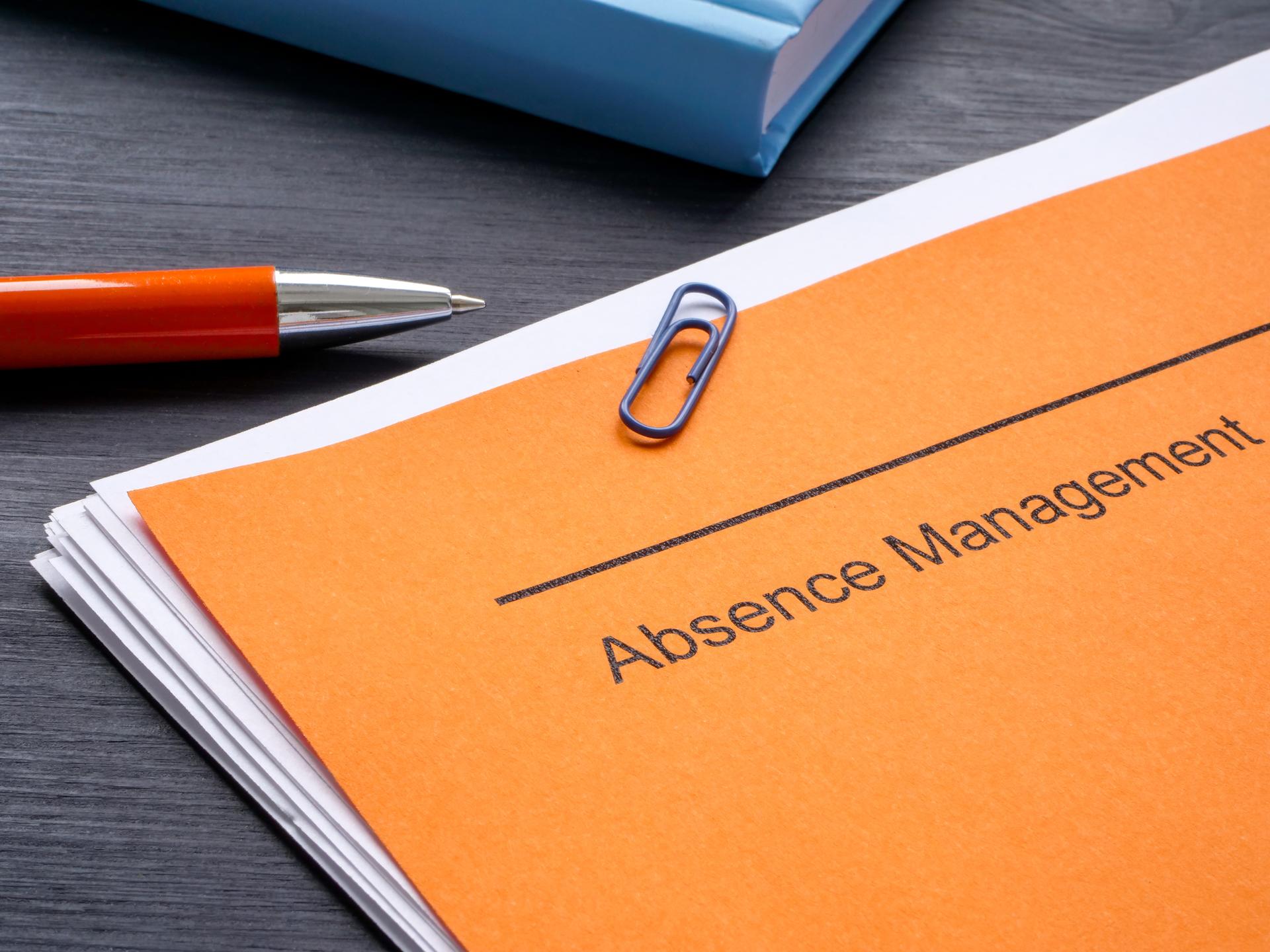In the fast-paced world of automotive retail, every role; from sales to service to finance, plays a critical part in the customer experience. But what happens when a key team member needs to step away for a personal or medical leave? Managing leaves of absence in this environment isn’t just about filling a shift; it’s about maintaining momentum, protecting team morale, and keeping customer satisfaction high.
Here’s how dealerships and auto retail businesses can handle employee leaves effectively, with solid documentation and strategic planning, all while ensuring the showroom and service lanes keep running smoothly.

Set the Ground Rules with Clear Policies
Start by ensuring your dealership has a clear, written leave policy that aligns with regulations and company values. It should cover:
- Types of leave available (sick leave, medical, parental, bereavement, etc.)
- How employees request time off (time off requests, call in procedures)
- Required documentation (functional ability forms, summons, medical notes, etc.)
- Who approves the leave and how decisions are communicated (time off approvals, dept. or Sr. Leadership, etc.)
In an industry where things move quickly, having a straightforward policy helps avoid last-minute surprises and confusion.
Nail Down the Paperwork
Proper documentation protects your dealership and helps keep operations organized. Make it a standard process to collect all the necessary documents within an appropriate time frame. This might include:
- A formal leave request with dates and reason, this could be an internal form or written notice from an employee requesting the leave as written notice is required for some types of leaves
- Any supporting documents (prognosis, medical/legal documentation)
- A record of all communications about the leave
- Updates on the employee’s return date, extensions or functional abilities (updated FAF) in the event the employee can return to modified duties or modified work in the event an accommodation is required upon the employees return to work, if needed
- Calendar reminders for follow ups and clear deadlines for communication
- Information for benefits administration
Consistency is key here—every employee should go through the same process to ensure fairness and compliance.
Keep Operations on Track
One of the biggest challenges is keeping things running when someone steps away. Whether it’s a top-performing sales consultant or a trusted service advisor, their absence will be felt—unless there’s a solid plan in place.
- Crosstrain your team: Have service writers spend time at the parts counter, or have a sales rep shadow a finance manager. This builds flexibility so others can step in with minimal disruption to critical tasks.
- Leverage temporary or part-time help: For longer leaves, tap into your talent pipeline or hire experienced temps familiar with dealership operations. Recalling retirees, past students or other resources on a short-term basis can reduce the lead time to operational effectiveness.
- Reassign tasks strategically: Don’t overload one person—spread responsibilities across a few team members and make sure expectations are clear. Focus on critical functions, and let the less immediate wait, or use tasks as a developmental opportunity.
- Use technology: HRIS/HRM and CRM systems, service schedulers, and DMS tools should be up to date and accessible, so others can pick up where someone left off. Be sure that information is logged as it happens so that everyone is making decisions based on the current situation.
Create a Supportive Environment
The dealership floor is a team environment. When someone goes on leave, others step up. But culture matters. Make sure your staff feels supported both when taking leave and when covering for others.
- Keep communication respectful and private
- Recognize the extra effort from teammates who take on more
- Welcome returning employees with a quick debrief and help them ramp back up
This kind of culture builds loyalty, reduces turnover, and creates a stronger sense of team.
Learn and Improve
After the leave period ends, take time to debrief:
- Were operations disrupted? Why or why not?
- Did documentation help or slow things down? What were the challenges?
- What could be smoother next time? What does the dealership need to accomplish this?
Use the feedback to tweak your leave process and strengthen your dealership's bench depth. Make sure that the leadership team are all kept up to date and trained on the process and have the resources needed to manage the next leave request with optimal results.
In our industry, there's no such thing as downtime. Every phone call, walk-in, or service appointment is an opportunity. That’s why managing leaves of absence isn’t just about HR—it’s about leadership, planning, and smart operations. By combining solid documentation with flexible staffing strategies and a team-first culture, dealerships can support their people without skipping a beat on performance. When done right, managing leave becomes just another gear in a well-oiled machine.
